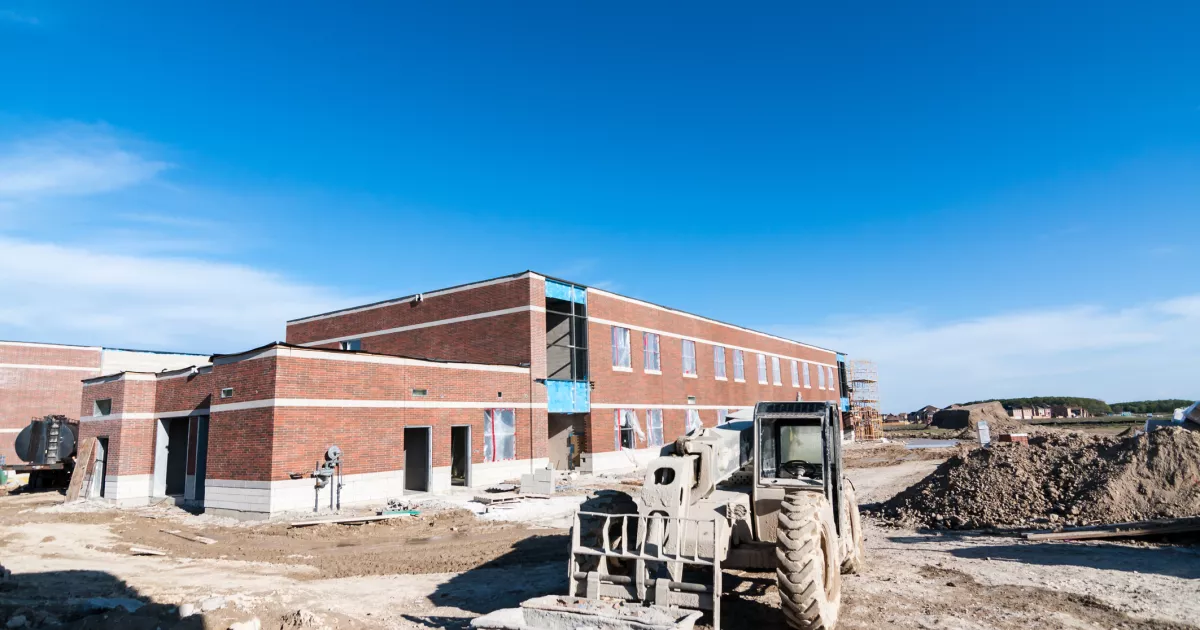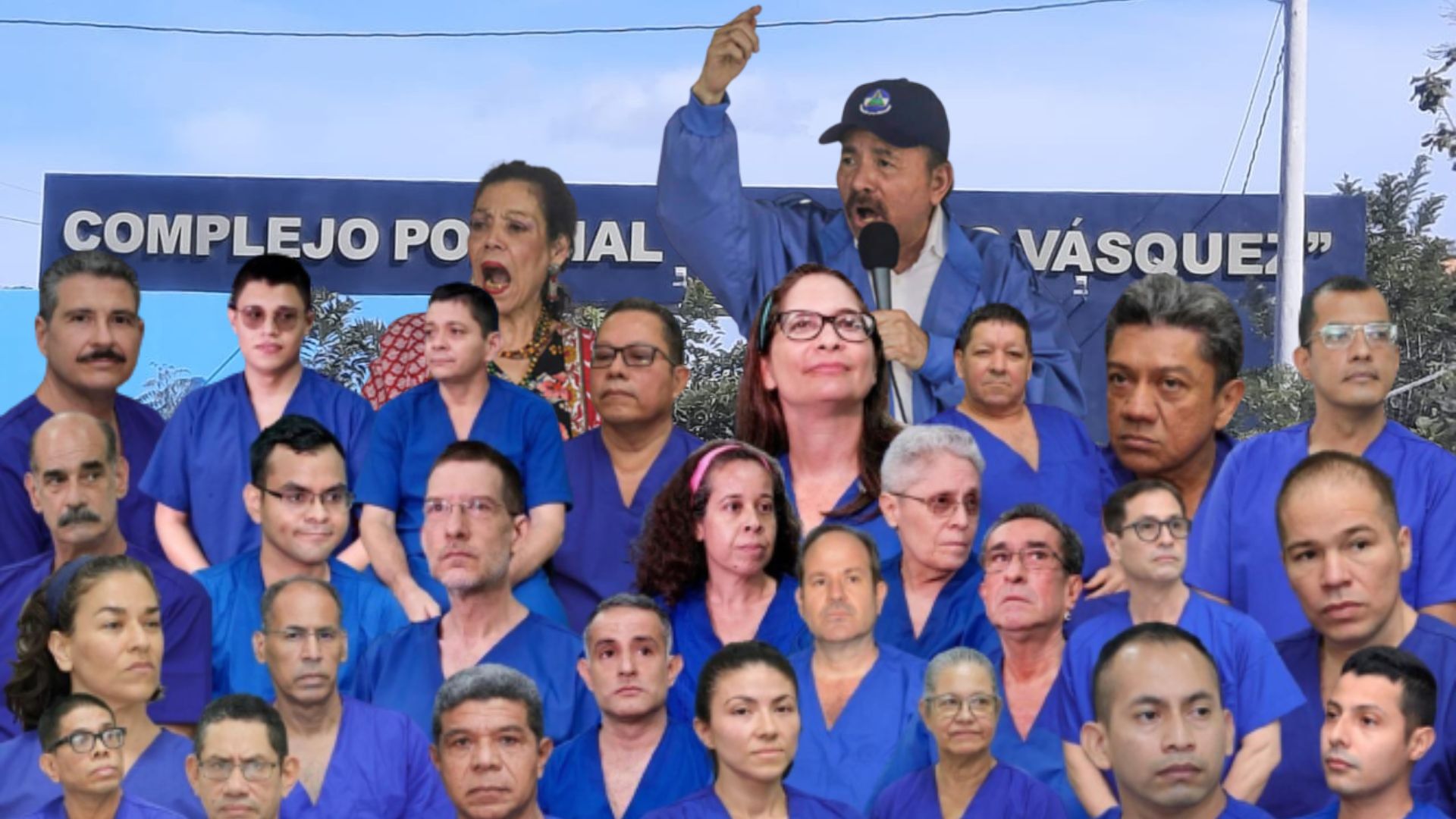In 2023, of every 100 pesos that the government will allocate in physical investment, 44 will go to fuel and energy; three pesos for health; two for education, and one for environmental protection, reports México Evalúa.
Spending on public infrastructure is extremely important because it influences the economic and human development of the inhabitants of a region or a country. According to the Center for Economic and Budgetary Research (CIEP), infrastructure can be economic, such as the development of electrical networks, highways, and bridges, and it can also be of a social nature, with the development of homes, hospitals, schools, centers sports and health care.
There is public and private investment, the first is the base and encourages investment by companies. The ideal, to boost and diversify the economy, according to the Organization for Economic Cooperation and Development (OECD) is for both to exceed 25% of GDP.
“We believe that in order to have a more diversified economy it is important to increase the amount of public and private investment so that, as economists say ideally, it reaches 25% of GDP and, in that sense, that stable and predictable public policies continue. We hope that public and private investment will continue to grow so that with this we can continue to see increases above the GDP average and that will also generate a dynamism of placements, also in the Mexican Stock Exchange”, explained Emilio Romano, president and director from Bank of America Mexico.
Despite its importance in Mexico, from 2005 to the first quarter of 2022, gross fixed capital formation (investment) as a proportion of GDP was 20.6% on average. During the same period, public investment averaged 4% of GDP and private investment 16.1%.
Total investment went from 22.8% of GDP in 2008 to 17.3% in 2020, the year of the economic and health crisis caused by the covid-19 pandemic. While for the first quarter of 2022 it stood at 18.6% of GDP. With regard to public investment in particular, it went from 6% of GDP in 2009 to 2.5% in 2019; while for 2021 it stood at 2.54% of GDP, details a CIEP analysis.
For the Inter-American Development Bank (IDB), the low economic growth in Latin America is a product of the fiscal restrictions it faces to increase public investment. In addition, he points out that in times of crisis, governments in the region tend to cut public investment and do not compensate it when growth is restored.








